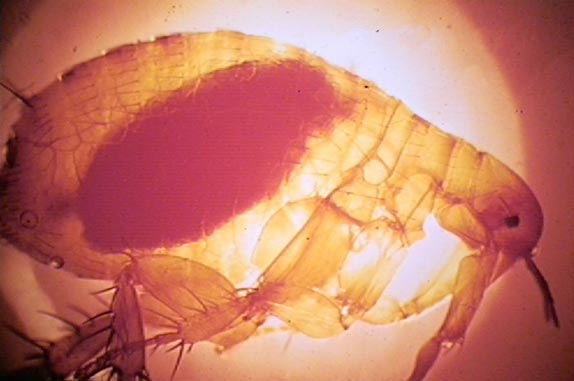Bubonic Plague having Pandemic Potential Resurfaces in Northern China

Neucrad Health July 8, 2020
Bayannur, – a city in the Inner Mongolia Autonomous Region announced a level III warning on 05th July 2020, as a suspected case of bubonic plague got reported from the region. Before this, on 1St July, two more suspected cases got detected in the in Khovd province in western Mongolia. A 27-year-old patient, along with his 17-year-old brother, are currently undergoing treatment at two separate hospitals in western Mongolia. Most probably, the consumption of marmot meat led to the transmission of the deadly disease. The local health authority clarified that the warning against the plague would remain effective until the end of 2020. Since the region has a risk of a human plague epidemic, locals should take care of their health and improve hygiene.
What is the bubonic plague?

Bubonic plague is a zoonotic disease caused by the bacterium Yersinia pestis. Small mammals like rodents and fleas (for example the rat flea Xenopsylla cheopis) act as vectors for this ailment. In some cases, patients can also get infected through direct contact with the body fluid of contaminated agents and inhalation of respiratory droplets of other infected patients. Though the bacteria infect the lymphatic system of human beings, it is harmless for fleas. Bubonic plague is also known as Black Death as it killed approximately 50 million people in several European and Central Asian countries between 1346–1353. Another wave of this plague originated in the Yunnan Province and swept across China, Mongolia, and India during 1855.
What is the mechanism of infection of the bubonic plague?
The pathogen for bubonic plague is Yersinia pestis. It is a Gram-negative, non-spore-forming coccobacillus, and can also behave as a facultative anaerobe.The bacterium infects the rat fleas and starts colonising their body. They grow in the proventriculus region (the valve present between the oesophagus and the midgut) of vectors. If a human being come in direct contact with infected fleas, then the pathogen passes on to their bodies through flea-bites.
After the entry in the human organ system, the immune system of the host releases a range of phagocytes such as polymorphonuclear leukocytes and macrophages to counteract the invasion. Though neutrophils negate the Yersinia pestis, macrophages phagocytise the bacterium, instead of killing them. They start growing within the spacious vacuoles of macrophages. When the macrophages enter the lymph nodes of the liver and spleen, the bacteria lyse them and start multiplying extracellularly. In this was susceptible individuals get infected by Yersinia pestis.

What are the symptoms of the bubonic plague?
The name bubonic plague, originated from the Greek word “βουβών” or”buboes“, which means the groin. It is because, in most cases, patients manifest infected, swollen, and painful lymph nodes in the groin, armpits, and the neck region. Other common signs and symptoms include:
- Bruising and necrosis of the nose, lips, and fingers
- Fatigue
- Chills
- Seizures
- High fever with the body temperature rising above 102°F
- Muscle cramps and headaches
- Blood vomiting
- Gastrointestinal issues
- Lenticulae (presence of black dots all over the body)
In the advanced stages, the lymph nodes become filled with pus and often appear as open sores. It can also lead to life-threatening septicaemic plague, where patients can undergo organ failure within a few days.
What are the treatments for bubonic plague?
Since bubonic plague is a bacterial infection, doctors prescribe anti-bacterial medications like streptomycin, gentamicin, and tetracyclines to treat the condition. Early diagnosis is essential for seeking immediate medical attention and controlling the spread of the disease. If the situation deteriorates, patients may also require intravenous fluids and respiratory support.
Finally, we would like to say that, the bubonic plague, like all other pandemics, require early detection and immediate isolation of infected patients for effective control. Spread awareness about the disease and help others to attain authentic information about it.

Reference:





